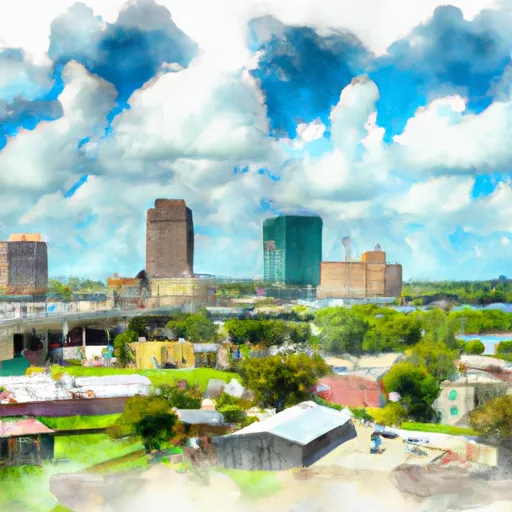°F
°F
mph
Windspeed
%
Humidity











New Iberia, Louisiana is situated in the southern region of the state and enjoys a humid subtropical climate. Summers are long, hot, and humid, with temperatures often reaching the high 90s Fahrenheit. Winters are mild with temperatures rarely dropping below freezing. The area experiences high annual rainfall, averaging about 60 inches, which contributes to its lush vegetation.
New Iberia is surrounded by waterways, including the Bayou Teche and Vermilion River, providing ample hydrology constituents. These water bodies offer excellent opportunities for boating, fishing, and canoeing. The nearby Lake Fausse Pointe State Park is a popular outdoor recreation spot, offering activities such as hiking, camping, and wildlife observation. The region's unique blend of climate, hydrology, and outdoor recreation opportunities make New Iberia an enticing destination for nature enthusiasts.
Weather Forecast
New-Iberia receives approximately 1539mm of rain per year, with humidity levels near 89% and air temperatures averaging around 20°C. New-Iberia has a plant hardyness factor of 9, meaning plants and agriculture in this region tend to thrive here all year round.
Regional Streamflow Levels
65
Cubic Feet Per Second
14,700
Cubic Feet Per Second
21,600
Cubic Feet Per Second
39,900
Cubic Feet Per Second
Nearby Camping
| Camping Area | Reservations | Toilets | Showers |
|---|---|---|---|
| Acadiana Park | |||
| Trulock - Arkansas River | |||
| Cypremort Point State Park | |||
| Cane Creek State park | |||
| Rising Star | |||
| Chemin - A - Haut State Park |



